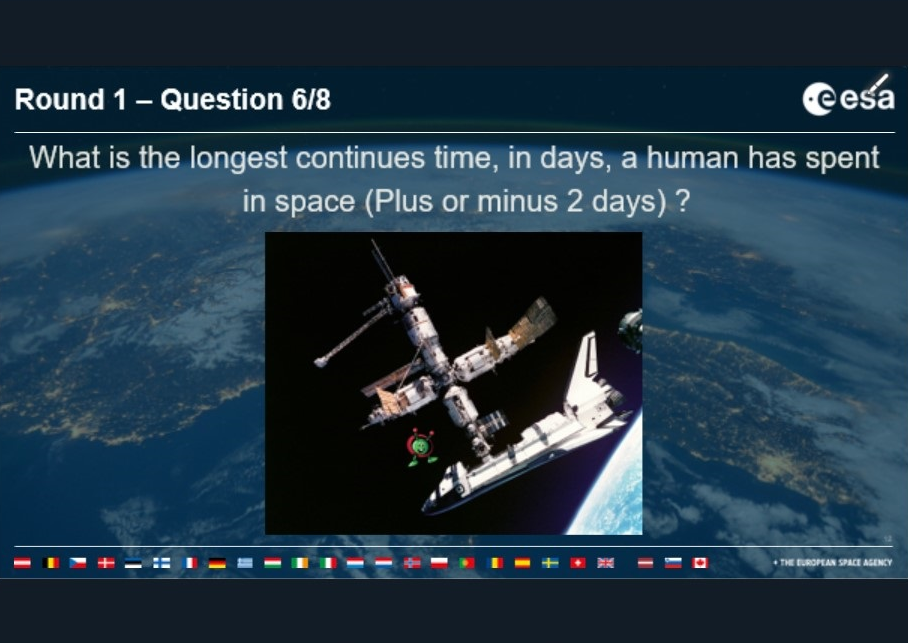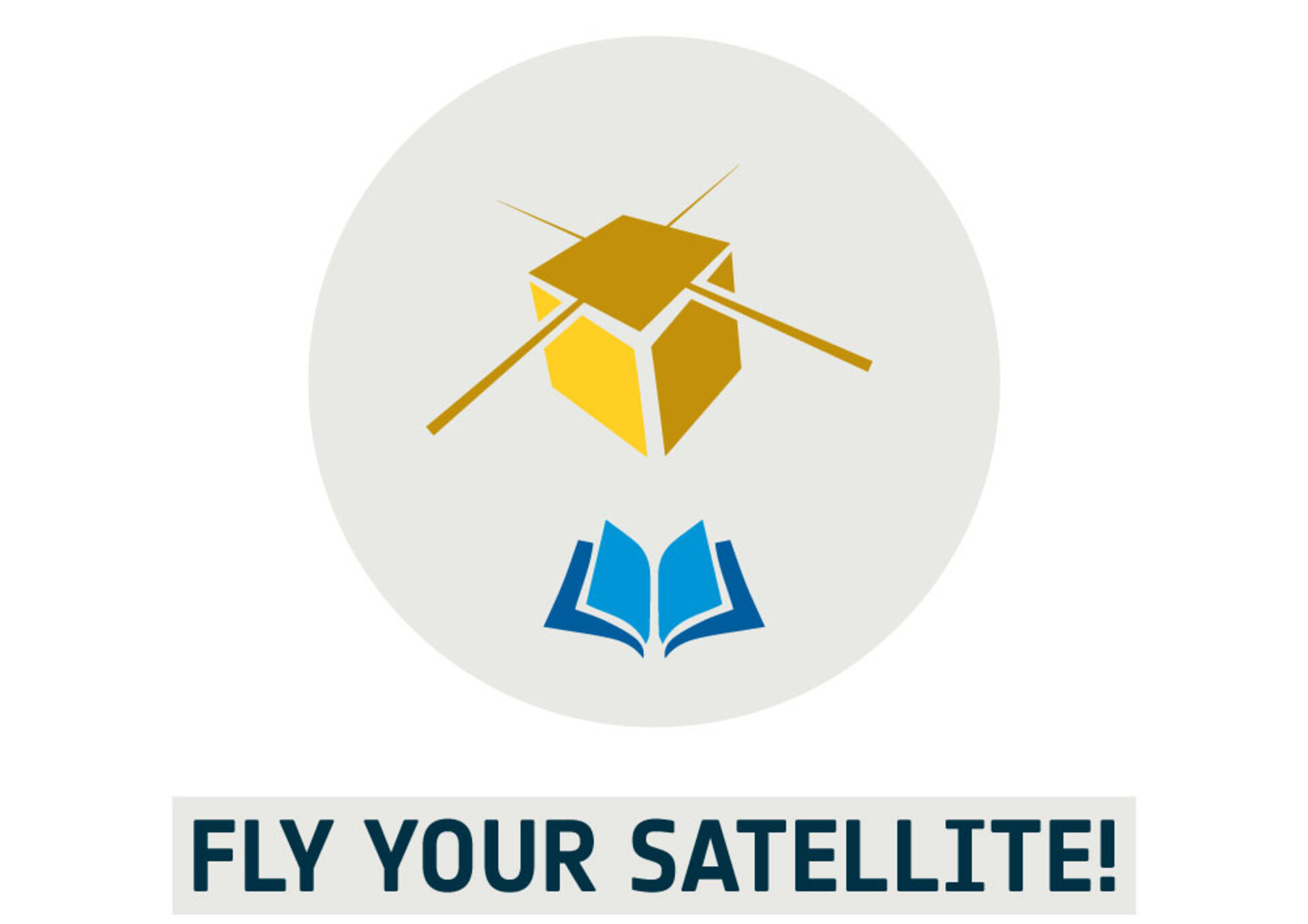Successful CDR workshop for Fly Your Satellite! teams
The Critical Design Review (CDR) workshop of the three student CubeSat teams participating in the third cycle of ESA Education’s Fly Your Satellite! programme, was held online between 11 and 25 November.
The CDR is an expert-led review process that evaluates the overall quality of the CubeSat design to confirm that it is suitable to meet the technical and programmatic requirements. Due to the Coronavirus pandemic, for the first time the event was organised in an online format.
In preparation for the CDR workshop, a panel of 23 specialists from ESA’s Technological (ESTEC) and Operations Centres (ESOC) reviewed the comprehensive design data package delivered by the teams. During the workshop, the student teams presented their progress since they joined the FYS programme, project status and current challenges to the panel. Following the presentations, the students had the opportunity to discuss the issues raised during the review in one-on-one meetings with specialists from different technical domains and received valuable feedback and input for improvement. By following similar methods to those usually adopted in the ESA review processes for large missions, the students became familiar with the standard practice in a professional environment, while further increasing the chance for mission success of their CubeSats.
The participating teams in the third cycle of Fly Your Satellite! are:
- AcubeSat – The SpaceDot Team is composed of students from the Aristotle University of Thessaloniki, Greece. SpaceDot is developing a CubeSat to conduct a biological experiment that investigates molecular mechanisms in space conditions.
- SOURCE (Stuttgart Operated University Research CubeSat for Evaluation and Education) – is a CubeSat mission of the University of Stuttgart, Germany, which will monitor the processes involved in uncontrolled entry into Earth's atmosphere by imaging meteoroids and using in-situ heat flux measurements to characterize demise.
- UCAnFly – Developed by a student team from the University of Cadiz, Spain, UCAnFly is a nanosatellite to characterise novel miniaturized magnetic measurement systems at millihertz frequencies with low-noise conditions and long integration times in the harsh space environment.

When all the major issues have been closed-out successfully, the design of the CubeSats will be declared ready to proceed to the next phase of the CubeSat project: manufacturing, assembly and integration of the spacecraft, followed by testing in ambient conditions to demonstrate functionality. To help the teams in preparing for the upcoming steps, the workshop was accompanied by lectures on In-Orbit-Demonstration CubeSats and project management, as well as a virtual tour of ESEC-Galaxia’s CubeSat Support Facility (CSF). The CSF is ESA Academy’s test centre which hosts environmental test campaigns for the satellites of the Fly Your Satellite! programme and space-related hardware of other programmes from ESA Education. Networking and team bonding – integral parts of any workshop – were supported by social activities, such as a pub quiz.
Despite the unusual format for a review workshop, both students and ESA specialists were happy with the achieved results and experience. One student shared his experiences from the workshop:
“Knowledge gained, perspective changed, awareness raised are some of the many benefits from the CDR Workshop. Although during the pandemic live participation was not feasible, the fun of the workshop did not go away. Our team has a great benefit from the CDR Workshop from the interaction we had with the experts for the technical aspects. Getting such a quality feedback from experts who work on real missions is invaluable!”
With confidence that they will keep up the high quality work that they have been doing so far, ESA wishes all teams the best of luck in the steps that follow.


